25 June 2015
Traps record snow leopardess and cubs as experts work with border guards to help protect species.
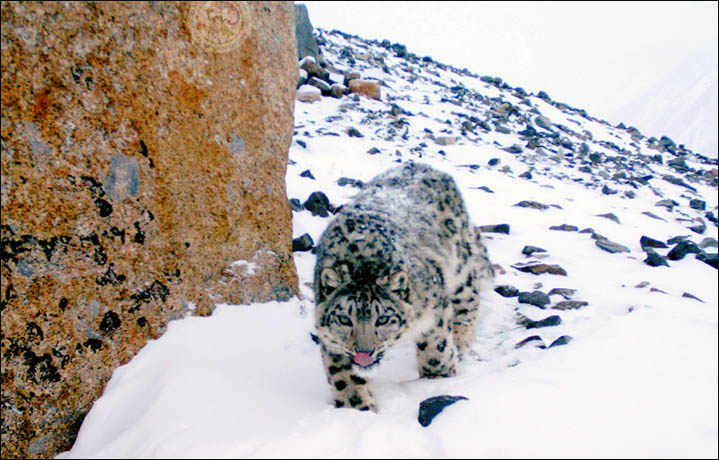
Photos and video footage were recorded of the snow leopard in its
natural habitat during daylight, helping to give experts more of an
understanding about their daily habits. Picture: Sergei Spitsin
Camera traps have captured more images of one of the world’s rarest big cats out in the open in the Altai Mountains.Photos and video footage were recorded of the snow leopard in its natural habitat during daylight, helping to give experts more of an understanding about their daily habits.
In a particularly poignant moment, it was discovered that one of the cats spotted over the years with cubs had returned to the area once more with another litter.
Leopardess Guta has previously been seen at the Chikhacheva Ridge, on the border between the Altai Republic and Tuva, with cubs in 2012 and 2013.
She is easily recognisable as a result of one characteristic feature: the tip of her tail is white and bent, having been broken when she was young. Unlike the other leopards, it tends to drag behind her and leaves a trail in the snow.
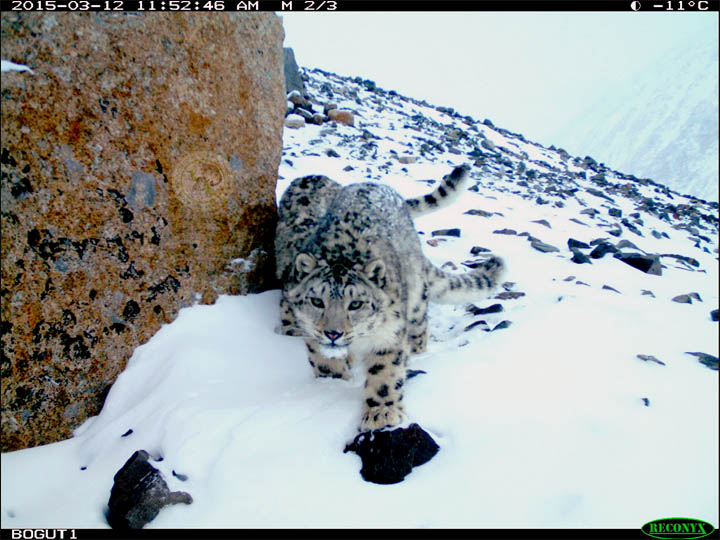
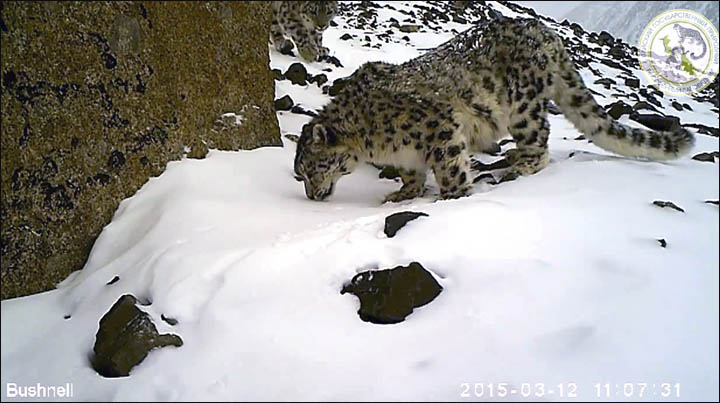
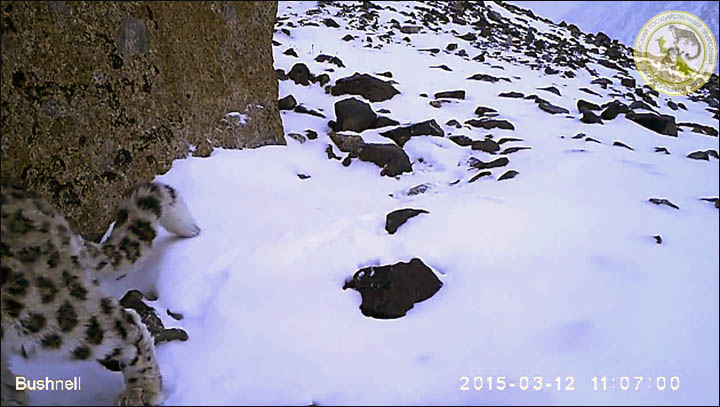
Guta is easily recognisable as a result of one characteristic
feature: the tip of her tail is white and bent, having been broken when
she was young. Pictures: Sergei Spitsin
The camera traps also caught footage of male leopard Khorgai, who rules the territory.The snow leopard is in the endangered category on the IUCN Red List of Threatened Species with as little as 4,000 left in the world, of which only 2,500 may reproduce.
New images of the big cat are particularly welcome to conservationists, given that 2015 has been designated the International Year of the Snow Leopard, with a special global campaign to raise awareness of the animal’s plight.
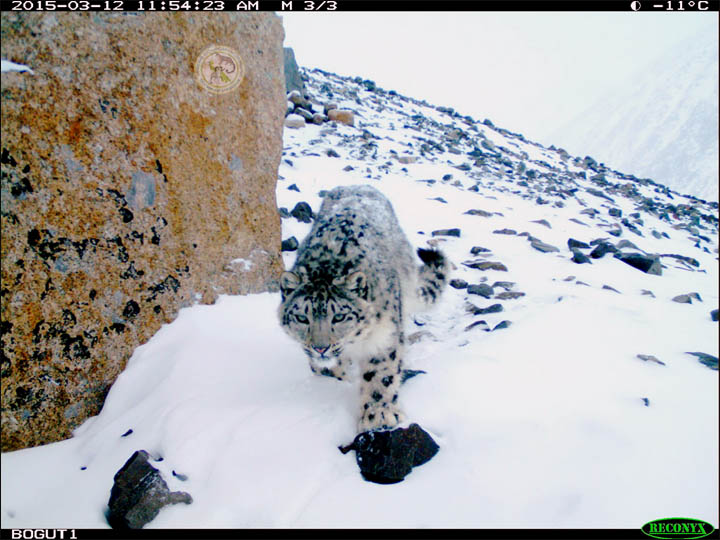
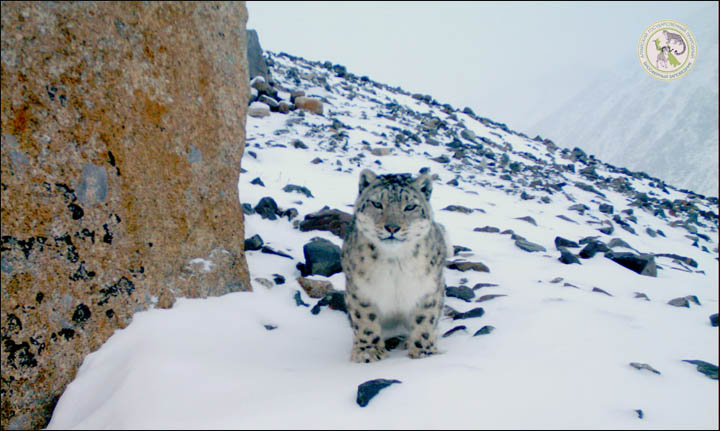
The camera traps also caught footage of male leopard Khorgai, who rules the territory. Pictures: Sergei Spitsin
Chikhacheva Ridge is located in the south-eastern part of the
Republic of Altai on the borders of Mongolia, the Republic of Altai and
Tuva Republic. Monitoring the cross-border grouping by camera trapping
has been conducted there since the autumn of 2011.In order for it to be successful, scientists have to liaise closely with border guards.
As well as checking the existing camera traps the experts also installed new ones, as part of a project funded and created by the Siberian Health Corporation in Novosibirsk.
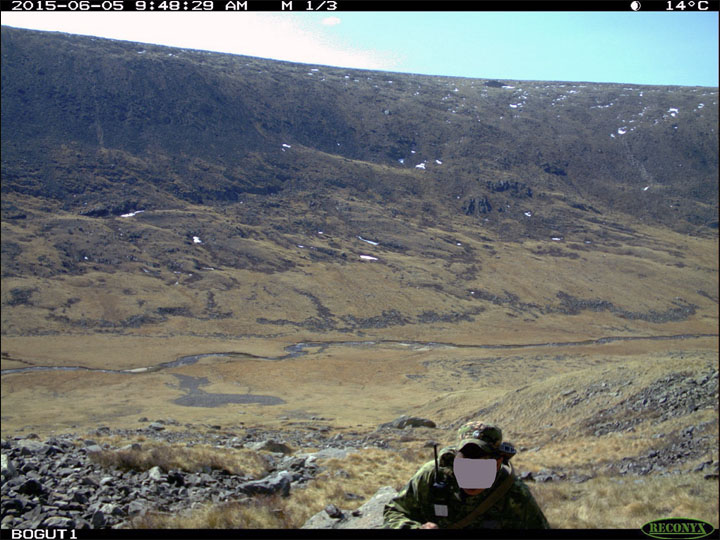
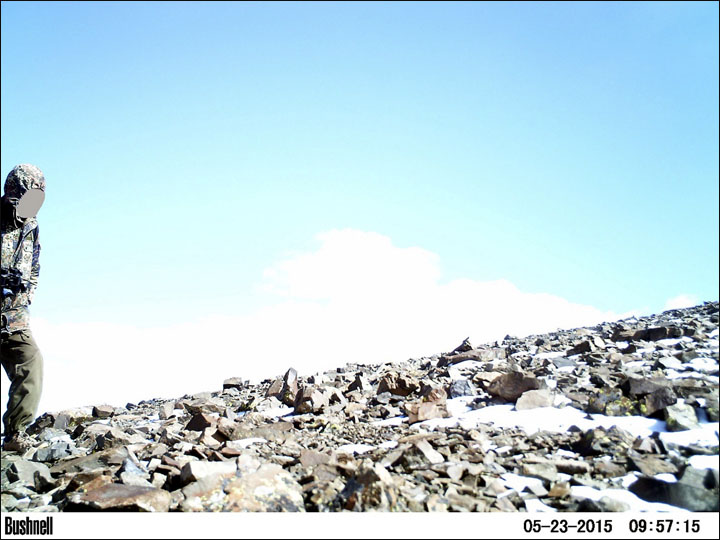
'Some of the cameras we have installed covertly because of thefts and
they sometimes record people and even armed people.' Pictures: Sergei Spitsin
Sergei Spitsin, senior fellow of the Altair Reserve, said that
teamwork between the experts and border personnel is vital - and said
that the guards are not always looking for animals.He explained: 'Our goals for the protection of the natural area of the Altai are the same, but the scientific goals are a bit narrower than the goals of border guards.
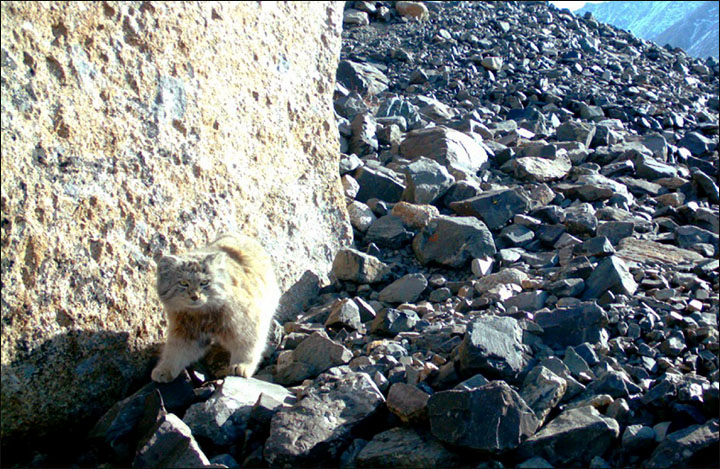
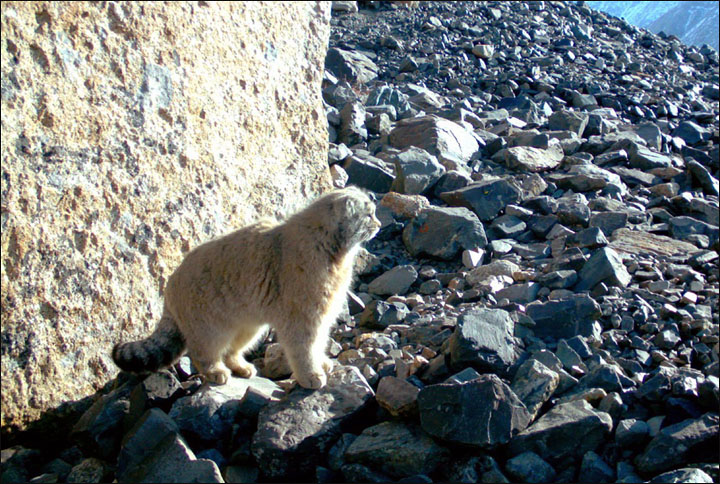
Pallas cats were also spotted by the camera trap. Pictures: Sergei Spitsin
'We found out in the course of our work that there is one area where
our interests may intersect in unexpected ways. I mean the data from the
camera traps. We are mainly interested in pictures of snow leopards and
other animals, but the border guards are interested in images of
people, especially people with weapons.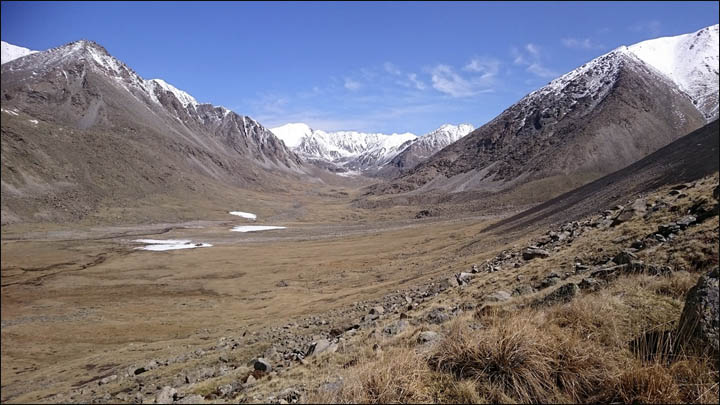
Chikhacheva Ridge is located in the south-eastern part of the
Republic of Altai on the borders of Mongolia, the Republic of Altai and
Tuva Republic. Picture: Sergei Spitsin
'Some of the cameras we have installed covertly because of thefts and
they sometimes record people and even armed people. This information we
pass on to the border service for further operational and preventive
work.'This time we started with a new type of test camera with a GSM-module. It allows guards to receive the photo of violators in real time, and with reference to an exact place. So it will be possible to respond promptly to an alarm signal received from the camera.'
source
No comments:
Post a Comment